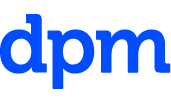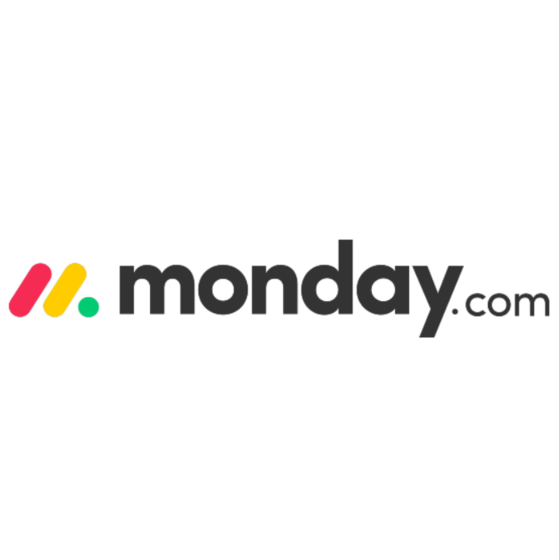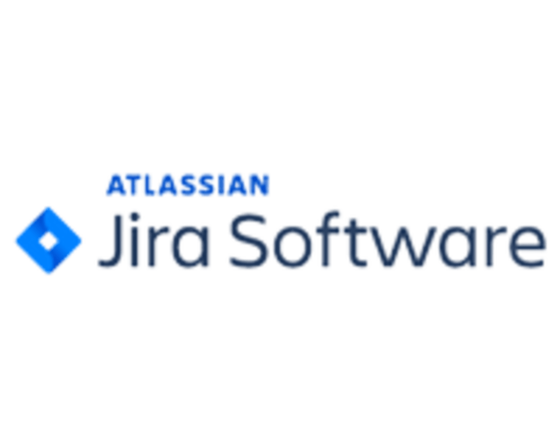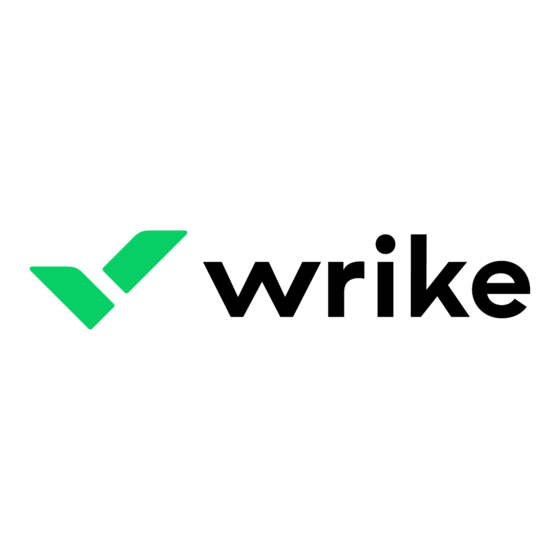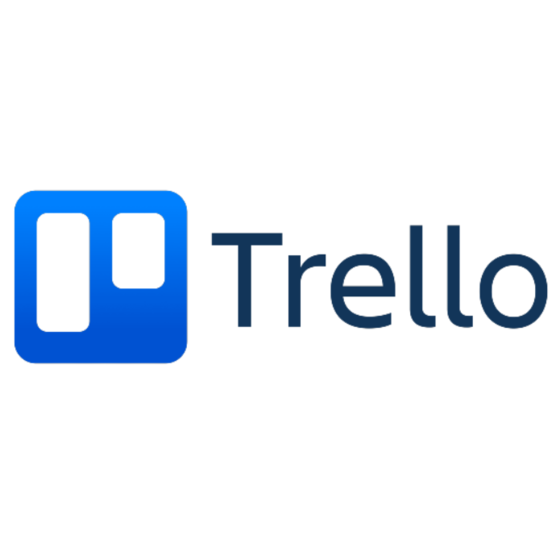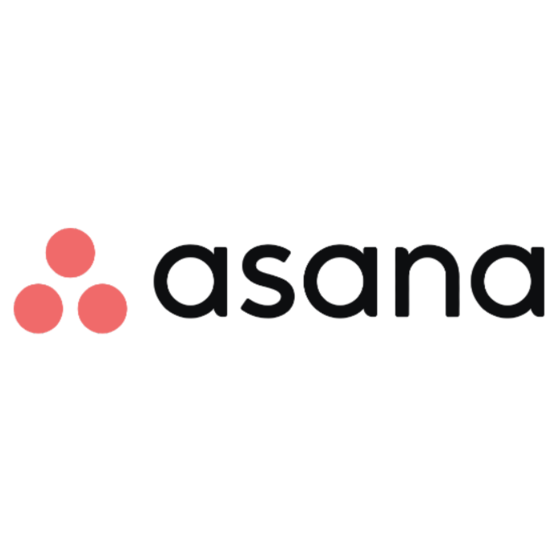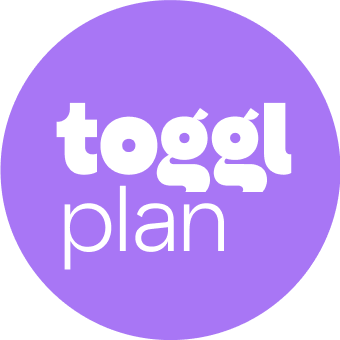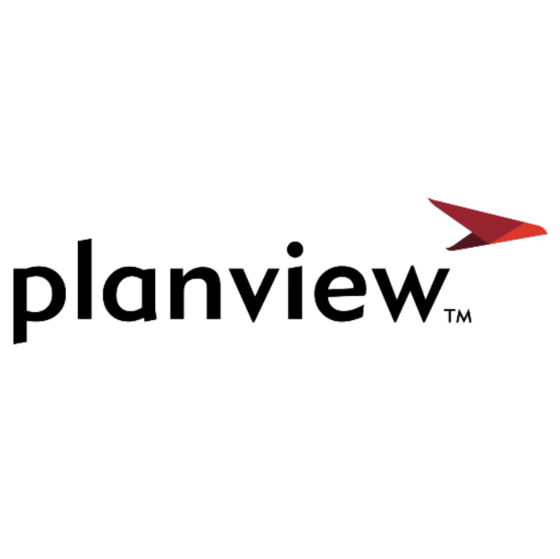10 Enterprise Work Management Software Shortlist
Here's my pick of the 10 best software from the 19 tools reviewed.
With so many different enterprise work management software solutions available, figuring out which is right for you is tough. You know you want to manage and coordinate your large-scale work processes more effectively but need to figure out which tool is best. I've got you! In this post I'll help make your choice easy, sharing my personal experiences using dozens of different work management tools with large teams and projects, with my picks of the best enterprise work management software.
What is enterprise work management software?
Enterprise work management software is a tool used by large organizations to manage and coordinate work processes and projects. It integrates various functions like project management, resource allocation, collaboration, and reporting into one platform. This software is tailored to handle the complexity and scale of tasks, resources, and communication needs in large-scale operations.
The benefits of enterprise work management tools include improved efficiency in workflows, enhanced collaboration across departments, and better resource management. They provide centralized control over diverse work activities, offering a unified view for monitoring and analysis. The software facilitates data-driven decision-making, adapts to changing enterprise needs, and increases transparency in project status and performance. This leads to more informed strategies and efficient handling of enterprise-scale projects and operations.
Overview Of The 10 Enterprise Work Management Software
Here’s a brief description of each tool regarding the evaluation criteria I described above.
Wrike
Best enterprise work management software for its reliable security features to protect your data
User interface: Wrike has a minimalistic multi-pane UI with a simple navigation menu on the tool's left side. Their hierarchy is similar to other tools on this list, starting with a workspace, spaces, folders, projects, tasks, and subtasks. Although the number of available views is limited compared to other enterprise project management software, it is functional and easy to learn.
Time in the market: The company was founded in 2006. They released their enterprise platform in 2013 after a $10 million investment by Bain Company. After a couple more successful investment rounds, Citrix Systems declared its interest in the company. Wrike was acquired in March 2021 for $2.25 billion.
Security features: Wrike complies with SOC 2 Type II, ISO 27001, 27018, GDPR, and CCPA. Additionally, they guarantee an uptime of 99.9%, allow you to create role-based access, use SSO, and keep your keys to their AES-256 bit encryption using Wrike Lock.
Integrations: Wrike offers 400+ pre-built native integrations, including Microsoft Office, integrations with the most popular file management software from Microsoft, Google, and Dropbox, along with sales and marketing software from Salesforce and Marketo.
Pricing is available upon request.
User interface: First, monday.com has a colorful interface that has a good design, is easy to navigate, and offers powerful, customizable dashboards. Then, every button on their navigation menu is clearly labeled, and their profile button has miscellaneous items where you’ll find anything that’s not on the menu. Finally, each project is arranged in a browser-like view where items are arranged in tabs that sit at the top of your screen.
Time in the market: The company was founded in 2012. A decade after, they have raised multiple investment rounds and are a publicly traded company operating under the stock symbol MNDY. Headquarters: Tel Aviv.
Security features: The enterprise plan offers workspace permissions for you to control specific actions in a workspace by user role. Further, it has SSO for centralized access control, SOC2 and HIPAA compliance, a 99.9% uptime guarantee, and hourly 256-bit encryption and backup.
Integrations: monday.com can be connected to 5000+ apps through Zapier and native integrations located in their ‘apps marketplace’ module inside the platform.
Price is available upon request.
Best for boosting efficiency and streamlining workflows
User interface: Kissflow Workflow is a SaaS product designed to help businesses automate their processes and workflows. It's a cloud-based platform that allows users to create, modify, and manage workflows with ease. The main goal of Kissflow Workflow is to streamline business processes, reduce manual work, and improve overall efficiency. The drag-and-drop interface makes it easy to create and modify workflows without any coding knowledge. This is a huge advantage for teams that don't have a dedicated developer or IT department.
Time in the market: The company was founded in 2003. Kissflow was launched at the Google IO in 2012 as a workflow creator for Google apps. It was then launched as workflow management software outside of Goggle apps in 2016. By 2018, Kissflow had evolved into a full-fledged workflow management platform with over 100,000 clients in 160 countries. Headquarters: India.
Security features: The product has multiple certification and compliance programs, including GDPR, ISO/IEC 27001, CCPA, SOC 3, and HIPAA.
Integrations: Integrations include the Google Workspace suite, and additional integrations can be configured using the software's API.
Pricing starts at $15 per user per month, and they offer a free demo upon request.
User interface: Pneumatic Workflow's user interface provides a great visual experience. They offer pre-built templates that you can use to quickly create workflows for your business and the AI-powered workflow builder allows you to quickly build and evolve workflows for your business through iterative experimentation.
Time in the market: Pneumatic Workflow was founded in May 2020. Headquarters: Dallas, Texas.
Security Features: Information available upon request.
Integrations: Pneumatic Workflow's integrations are designed to help users streamline their workflows and automate their business processes. By integrating with other apps, Pneumatic Workflow allows users to create powerful automated workflows that can save time and increase productivity. Pneumatic Workflow provides integration options with popular tools such as Zapier, Make, Slack, and GetApp, and offers its own public API.
Pricing starts at $99/month (unlimited users), and they offer a free 14-day trial and a free plan.
User interface: Miro's platform centers on real-time visual collaboration, featuring an intuitive canvas that facilitates brainstorming and planning. With tools for creating diagrams, flowcharts, and mind maps, it enables diverse expression through images, videos, and text. The infinite canvas and templates also assist in quickly adapting pre-existing designs to new projects, ensuring teams can effectively communicate and visualize ideas, emphasizing practical utility and straightforward collaboration. The interface also offers a wide range of digital whiteboard tools, including sticky notes, shapes, connectors, and drawing tools.
Time in market: Miro started in 2011 under the name RealtimeBoard. After raising $25 million in a series A venture round, they rebranded as Miro in 2019.
Security features: Its compliance includes ISO/IEC 27001, NIST, SOC2 Type II, SOC3, and TISAX. Additionally, it offers data protection through TLS 1.2 or higher for transit and AES 256 at rest, regardless of the plan you are using. And on top of its 2FA and SSO options, it offers you the option of where to store your information. This includes hosting all of your content in EU servers if you have to comply with GDPR regulations.
Integrations: Miro connects with over 130+ apps, like Planning Poker, Asana Cards, ClickUp, Slack, Google Drive, Airtable, Dropbox, Webex, Figma, Coda, Confluence, Notion, Asana, Monday.com and Typeform. Additionally, you can get all the tools, APIs, libraries, and documentation to help you develop Miro apps. However, if you are not into building stuff, you can use a paid account with Zapier to connect Miro with thousands of additional apps.
User interface: As one of the main players in the space, Trello offers a beautiful visual experience through its customizable boards. It is very easy to get started with the tool, set up and start sharing projects to collaborate with your team. User reviews on this product mention there’s no need for onboarding because of how intuitive it is.
Time in the market: Trello was first introduced to the market under the codename Trellis in 2011. Following a spin-off from Fog Creek, Trello Inc was born in 2014. Later that year, it raised over $10 million from investors. Finally, Atlassian acquired Trello in January 2017 for $425 million. Headquarters: New York City, NY.
Security features: The enterprise tier lets you set granular permissions and access to power-ups. Also, SAML SSO for your logins, 99.99% uptime, SOC 2, 3 and ISO 27000 certifications, and GDPR compliance.
Integrations: Trello offers you unlimited integrations in their enterprise plan. These integrations include popular apps like Slack, Weebly, Evernote, Miro, and over 200 others. Additionally, there’s a power-up store where you can shop for extensions that will make your product even easier to use.
Pricing is available upon request.
User interface: Asana is a project management powerhouse. I think it’s highly intuitive and simple to use. It has all the features in simple menus and integrates dozens of features seamlessly into its UI. To confirm my opinion, I went looking for reviews, and people seem to think the same. The main categories are efficiency, ease of use, and intuitiveness.
Time in the market: The company was founded in 2008. After launching the product in 2012, Asana raised over $150 million in a span of 6 years. The company then went public in 2020 and operates under the stock symbol ASAN. Headquarters: San Francisco, California.
Security features: The enterprise product shows how big is Asana. They have SAML 2.0 and SSO for logins, 128-bit encryption with full ownership of your key, 99.9% uptime, and data leak prevention systems in place. Moreover, the product has 10+ certification and compliance programs, including GDPR, GLBA, SOC 3, and FERPA.
Integrations: Asana has over 100 integrations, including Microsoft and Google apps, Adobe Creative Cloud, Salesforce, Tableau, and ServiceNow. Further, there are over a thousand app integrations available through Zapier. Finally, Asana’s API lets your technical team build custom integrations.
Pricing is available upon request.
Best alternative to Microsoft Project with 99.999% uptime
User interface: Project Manager looks noice. Maybe I’m being fooled by the dark theme and bright neon colors, but it’s definitely cool. Users report it as an easy tool to learn with lots of features and a quick way to customize it. The time I spent using the tool made me realize the same. However, it was also easy because it looks a little like MS Project. Therefore, I think familiarity with that platform will help you with its adoption.
Time in the market: The company was founded in 2008. Since then, they have won awards for being a fast-growing company and sold their product to NASA and the UN. Headquarters: Austin, Texas.
Security features: Among the features available in the enterprise tier, the platform lets you create custom security roles, use SSO for easy access, and see audit logs. They protect your data with 256-bit SSL data encryption. Also, they offer an impressive 99.999% uptime thanks to a partnership with Liquid Web! Finally, if you are looking for compliance, their platform has the SSAE-16 certification and is HIPAA ready.
Integrations: Project Manager integrates natively with tools like MS Project, Slack, Jira, Microsoft Office 365, and a handful more. It also has Zapier integrations with Salesforce, Quickbooks, and over a thousand more apps.
Price is available upon request.
Best for scaling businesses that can’t afford an enterprise-tier plan
User interface: Toggl Plan is a friendly-looking tool with lots of colors that is perfect for timelines and roadmaps. Online reviews give this tool a top rating for its visual attractiveness and how easy that makes it to find your way around your work.
Time in the market: The company was founded in 2006. With 3 distinctive products, they decided to split them into different companies only to bring them back together years later when they realized they were stronger that way. Pretty much like the Backstreet Boys. Headquarters: Tallinn, Estonia.
Security features: The business tier, their top tier, offers SSO, AES256 encryption and SHA2 signatures and is GDPR compliant. No uptime guarantee.
Integrations: Toggl Plan makes its API available to developers for specific integrations. The app currently integrates with Slack, a couple of calendar apps, and has a browser extension that can connect with Asana, JIRA, Podio, Gitlab and Github.
Best roadmap views and dashboards to support your enterprise strategy
User interface: Clarizen gives off a feeling that it’s an old tool. The look and feel is outdated compared to other online competitors, and I can already tell it is a pain point when learning to use it. User reviews online confirmed my suspicion as they mention complexity in the UI because of the wide range of features and taking time to learn the software at first.
Time in the market: Formerly known as Clarizen One, the company was founded in 2005 and acquired by Planview in 2021. The platform is present in 124 countries and is now helping the Planview portfolio advance the company’s ability to accelerate strategy to delivery for enterprises.
Security features: This enterprise pm tool offers TLS protocol and AES-256 bit encryption. Further, users have to create unique usernames and passwords that comply with security policies. Clarizen uses active directory federation services to permit SSO and is GDPR, SOC 2 and ISO 27701 compliant. There’s no uptime guarantee at the moment.
Integrations: Planview Clarizen has over 20 native integrations, including Slack, Procore, Tableau, Active Directory, Google Workspace, and Salesforce. Additionally, you can access 2000+ more apps through Zapier.
Pricing is available upon request.
The 10 Enterprise Work Management Software Comparison Chart
Here is a table you can use to compare the tools we just covered in the overviews.
| Tools | Price | |
|---|---|---|
| Wrike | From $9.80/user/month | Website |
| monday.com | From $8/user/month (billed annually, min 3 seats) | Website |
| Kissflow Workflow | From $15/user/monthly | Website |
| Pneumatic Workflow | From $99/month (unlimited users) | Website |
| Miro | From $10/user/month | Website |
| Trello | From $6/user/month | Website |
| Asana | From $13.49/user/month | Website |
| ProjectManager.com | From $13/user/month (min 5 seats) (billed annually) | Website |
| Toggl Plan | From $8/user/month | Website |
| Planview Clarizen | Pricing upon request | Website |
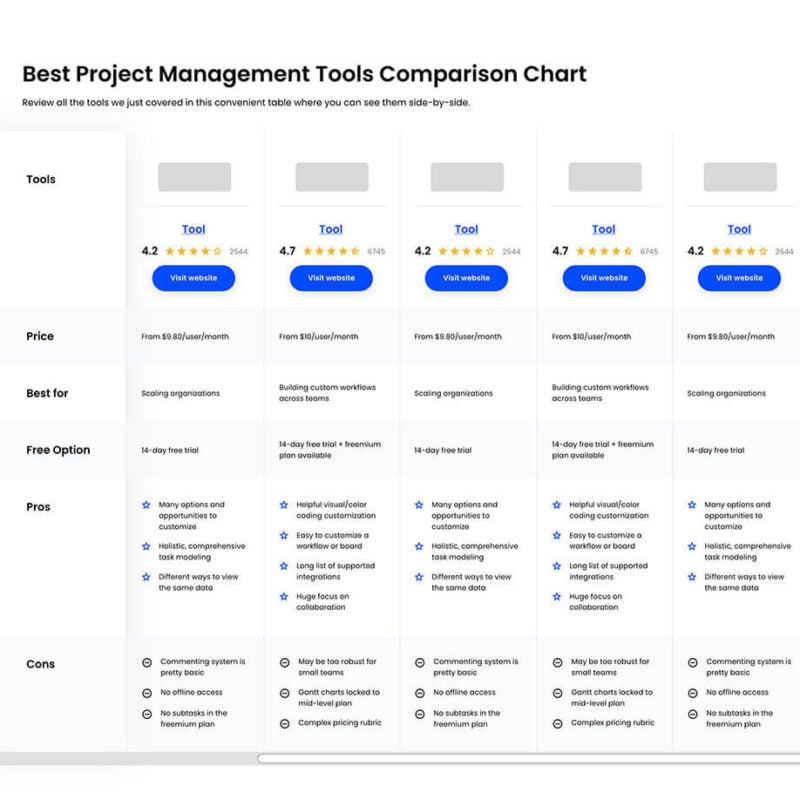
Compare Software Specs Side by Side
Use our comparison chart to review and evaluate software specs side-by-side.
Compare SoftwareOther Enterprise Work Management Software Options
Here are a few more that didn’t make the top list but are worth your consideration.
- Adobe Workfront
Best for its seamless integration with Adobe products
- ClickUp
Best for ensuring data protection through automated penetration tests
- Smartsheet
Project management software you can use as an upgrade to Excel.
- Hive
Best enterprise work management software for its ease of use
- Celoxis
Best for its user-friendly interface with on-premise licensing
- Ravetree
Best for project, resource, and client management in one
- LiquidPlanner
Project management software with predictive scheduling.
- Rocketlane
Enterprise collaborative customer onboarding platform.
- Genius Project
PM tool with powerful reporting and built-in security.
How I Picked And Evaluated The Best Enterprise Work Management Software
First, I selected a wide range of enterprise tools based on user reviews and ratings. Then, using my project management experience, I narrowed down the list based on the key features that enterprise software needs to be a good option. Finally, I selected the top tools and defined the criteria below as the basis for my evaluation. These should provide a fair and equal evaluation.
User Interface (UI)
I look at the design and if it is user-friendly. Enterprise software has such robust functionality that we need an interface that looks clean and is easy to navigate.
Time in the market
I’ll find how long the company has been offering the product. I will also discuss any relevant information regarding the company that tells us if this tool is here to stay, holds a strong position in the market, and is worth your investment.
Security features
I’ll look at how they make your information safe. Expect information on uptime, data encryption, single sign-on (SSO), permissions, and industry standards compliance.
Integrations
I’ll research the available integrations for each tool. At an enterprise level, you want your software to connect to other tools you use, whether this is for ease of use or data aggregation and analysis.
Enterprise Work Management Comparison Key Features
In this section, I want to talk about the general features the software should have.
- Task management: A basic feature that allows you to handle your tasks, track task progress, assign tasks, and more. Views that display tasks may include task lists, Gantt charts, kanban boards, and table views.
- Asset management: A place within the software where you can store your project-related files. This repository can live within the app as a module of its own or a view within your project folder. Asset management is particularly useful for digital agencies working on marketing campaigns or website development projects.
- Document management: This feature lets you see a list or grid of documents within your project. Documents are normally attached to specific tasks and can get lost in the midst of chaos when you have too many projects. Document management solves that issue by centralizing documentation.
- Portfolio management: A feature within the software where you can track project progress and project teams across the organization. It is an eagle-eye view of your projects, how they relate to organizational goals and the interdependencies between projects.
- Resource management: Resource management can give you a snapshot of your project teams across multiple projects, their associated task lists, and workload. This feature will let you plan for new hires, assign existing people to projects, and other HR-related decisions.
- Workflow automation: Last but not least. Workflow automation lets you automate repetitive tasks. It’s a part of the software where you can define behavioural rules depending on triggers within your tasks.
What Do You Think About This Enterprise Work Management Comparison?
I hope you found this analysis useful, and it can give you more information that is relevant to your search for the perfect tool. If you are interested in other enterprise tool reviews, check these out:
- Enterprise project management software
- Enterprise resource management software
- Enterprise workflow software
If you are all for receiving relevant information, then you HAVE to subscribe to our Insider Membership Newsletter. There’s something new every week, from project management tips and tricks, to music tunes for your Spotify playlist.
